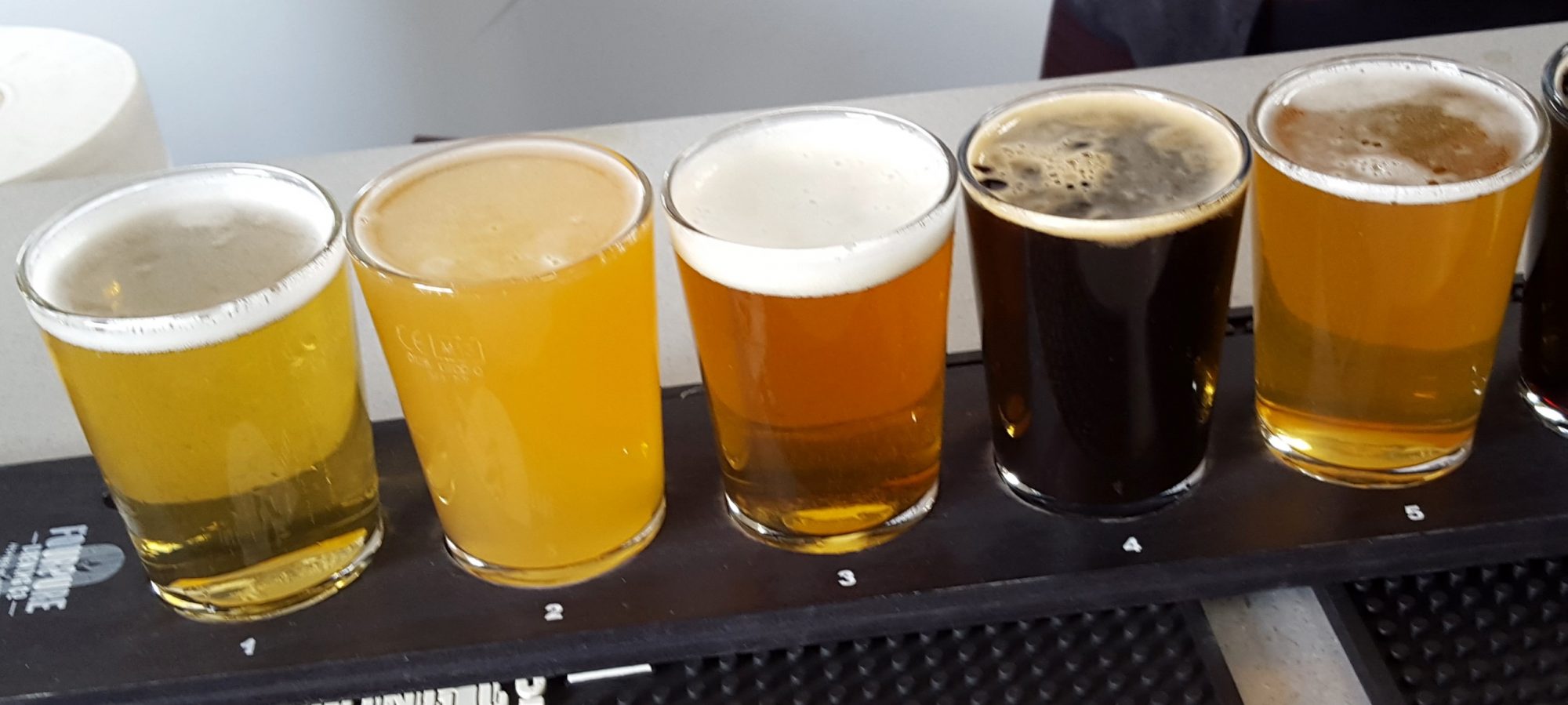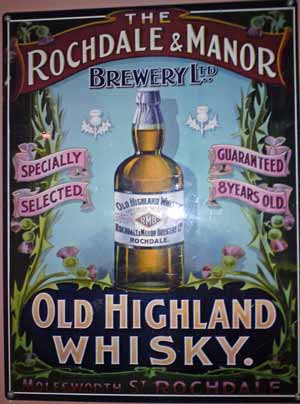…you wait twenty years (well, seven in my case) for one to turn up, then two arrive at once.
For about ten years now Aylesbury has probably been the biggest town (pop nearly 80,000 in the 2001 census) without a branch of J.D.Wetherspoon. In June the company opened two pubs — both conversions. The Bell Hotel in the Market Square became The Bell and Chicago’s Rock Cafe (or whatever it was) on Exchange Street was converted into the White Hart, which is the more Lloyd’s No 1 of the two.
The White Hart is in a clever location it currently sits apparently forlornly looking out over what passes for an inner ring-road with just a closed-down furniture shop for company (at least the last time I remembered that’s what it was). But come November the new Aylesbury Waterside theatre is opening over the road and when all the barricades come down then hordes of intellectuals will come flocking down to the new cultural quarter down by the canal. Perhaps. But the White Hart shares the same development as the Odeon multi-screen and there’s going to be, eventually, a new shopping centre in the area and, we’re told, Waitrose is definitely on its way. So Wetherspoons might have been pretty shrewd in getting into this particular piece of real estate.

Wetherspoons gets a hell of a lot of flack from the bloody-minded, anal retentive wing of CAMRA types — almost all of it unjustified. The only thing they do that gets my back up is their policy of pretending there are more real ales available at any one time than there really are — the notoriously tiny ‘Coming Soon’ sign that perches on the pump clips of what are inevitably the most interesting beers.
I also admit that they can be chronically understaffed and if you’re unlucky you’ll have an infuriating delay in being served — something I’ve found at the Falcon in High Wycombe. But this is a corollary of their pricing — a bit like how Aldi and Lidl might trade off queueing time against discount pricing. It would be pretty churlish to complain about less than instant service if you get a good pint of real ale for £1.89 — or 5op less if you use one of your £20 of CAMRA members’ discount vouchers.
Wetherspoons do vary — the Falcon in Wycombe is now looking very shabby and in need of serious refurbishment — but they do put something of an objective quality reference point in an area’s pub stock. Put simply, if the best pubs in your area are Wetherspoons then the other pubs aren’t really up to much.
To take Aylesbury as an example. A few years ago there were no Aylesbury town centre pubs in the Good Beer Guide. Then Chiltern Brewery took over the King’s Head and Vale Brewery transformed the Hop Pole. Suddenly there were two destination pubs for ale drinkers and many of the other pubs raised their game.
Yet both the King’s Head and the Hop Pole aren’t cheap and so aren’t particularly threatening the trade of their rivals. The same can’t be said of Wetherspoon’s arrival. With really cheap real ale now consistently available it would be a shame if established pubs were undercut. The Queen’s Head is currently closed but this pre-dates the Wetherspoon arrival.
But it could be argued that, like the Hop Pole and King’s Head, Wetherspoons is also expanding the market, rather than cannibalising it. For example, I was in Aylesbury on Friday lunchtime and had a quick drink in the White Hart (surprisingly, it was non-alcoholic). I’d anticipated probably buying a sandwich from M&S for lunch, or similar, but at £3.10 the Wetherspoon ham, (free range) egg and chips (not many of them though!) was much better value for money.
Prices for beer are so high in pubs that people tend to binge on cheap supermarket beer before going on a night out to save money. If Wetherspoons, with cheap real ale, gets people into the pub rather than boozing on bland stuff at home then what’s not to like?



